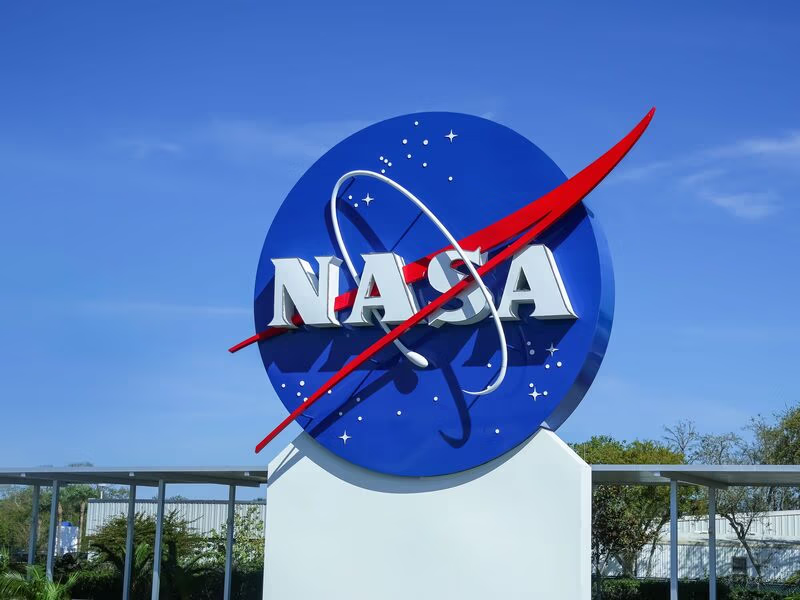In a significant breakthrough in planetary research, NASA has confirmed the discovery of a ‘super-Earth’ exoplanet, TOI-1846 b, which appears to emit a repeated signal from a distant red dwarf star located approximately 154 light-years from Earth.
The planet, first flagged by the Transiting Exoplanet Survey Satellite (TESS), drew attention due to a recurring dip in the brightness of its host star — a signal that scientists observed every March since its initial detection. The consistent dimming pattern prompted further investigation using both space-based and ground telescopes.
TOI-1846 b is estimated to be nearly twice the size of Earth and four times as massive. It completes one orbit around its cool red dwarf host every four days. The planet’s unusual characteristics place it within the so-called “radius gap” — a rare planetary category that sits between small, rocky planets like Earth and gas giants like Neptune.
Despite having a surface temperature estimated around 600°F (315°C), researchers suggest that the planet could still retain water in some form. Theoretical models suggest that TOI-1846 b may have a solid rocky core, an icy mantle, and possibly a thin atmosphere or a shallow ocean layer.
Red dwarf stars, like the one TOI-1846 b orbits, are smaller and cooler than our Sun, making them ideal candidates in the search for potentially habitable worlds due to their lower radiation levels and longer lifespans.
The discovery of this exoplanet has now piqued the interest of NASA scientists, who plan to use the James Webb Space Telescope (JWST) to probe the planet’s atmospheric composition. If conditions allow, JWST could detect trace gases such as water vapour, methane, and carbon dioxide — biomarkers that might offer deeper insights into the planet’s structure and habitability.
The detection of TOI-1846 b adds to the growing catalogue of super-Earths — planets that are larger than Earth but smaller than Neptune — and further strengthens the case for using next-generation telescopes to decode the chemical fingerprints of distant worlds.
As NASA continues to deepen its exploration of exoplanets, TOI-1846 b stands out not just for its physical characteristics but for the mysterious, repeated signal that could hold clues to yet-unknown planetary phenomena.
–Input WAM





